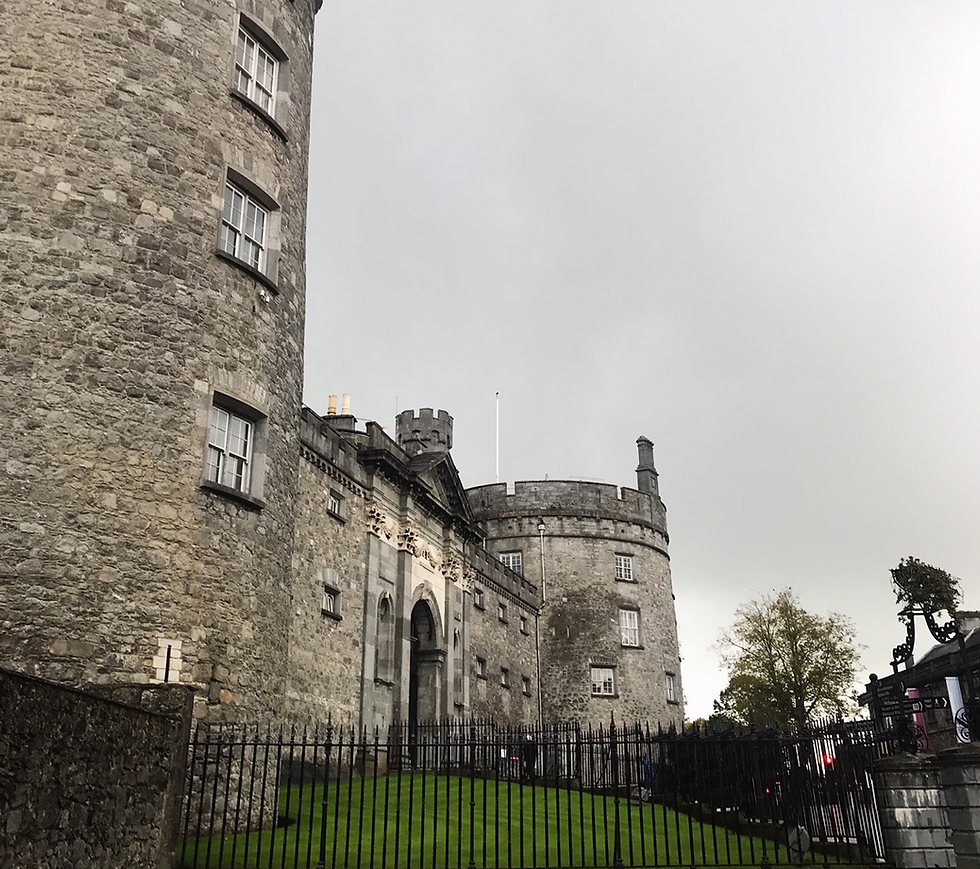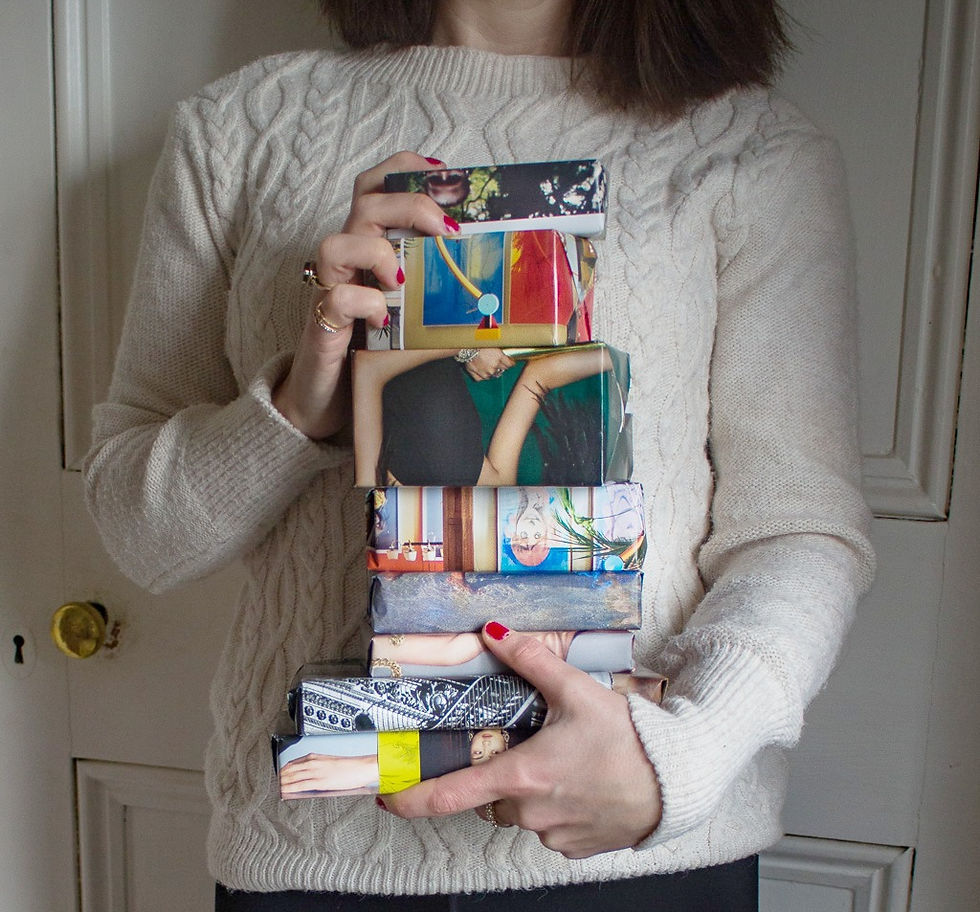Five Hygge concepts worth adopting in our everyday lives
- The Honest Project
- Oct 7, 2016
- 4 min read

If you have heard the word 'hygge' (pronounced hue-gah) popping up in conversation recently, it's probably because a number of books have been recently published about this Danish concept of living cosily. I came across mention of one of these books in an article a little while back and immediately ordered the book. The Book of Hygge is written by Louisa Thomsen Brits and it is one of those book that I will read again and again. I've already read it twice. Everything in the book held meaning for me and I would recommend it to anyone. It's not a book to read once and then put away on a book shelf never to be touched again. This is a book to be returned to again and again when life gets stressful and hectic and you need reminding about what is important in life.
Hygge is defined as a quality of presence and an experience of togetherness. It is a feeling of being warm, safe, comforted and sheltered. Hygge is about being not having. There are so many different elements to hygge, but these five held the most meaning for me:
1. Elevating the everyday
"The true secret of happiness lies in taking a genuine interest in all the details of daily life." - William Morris
We spend so much time looking forward to the big events; to holidays, special occasions, concerts, etc. However, we spend most of our time living in the everyday routine that we create for ourselves. Therefore the importance of creating comfort in our everyday routines and tasks seems obvious but is not something I have focused on in the past. The author uses the example of transforming everyday routines such as eating meals together, workplace coffee breaks, bedtime routines and even housework into restorative rituals. In a nutshell it can be described as enjoying the pleasures of ordinary living.
The little things are surely most important in our pursuit of contentment as these are the things that we can rely on every day to create balance and contentment rather than constantly looking forward to a future event.
2. Shelter
"I felt it shelter to speak to you" - Emily Dickinson
Shelter isn't just a physical concept, it is also psychological. It's about offering kinship to each other. The book talks about the shelter of kinship and shelters from the pressures of work and responsibility. The author describes it as affording us "places to catch our breath and feel the richness of life". We often think of shelter in terms of the physical requirement for shelter, but hygge's concept of shelter encapsulates much more than this; in hygge, shelter is also the ability to talk to someone about your problems who understands you, to have a place of retreat from a stressful situation, or an activity that cocoons you from an unpleasant situation.
The author describes shelter as being made up of "the places where we find sanctuary, the bonds of our relationships, our habits and daily rituals, and is furnished with the things that mean the most to us".
3. Wellbeing
"He who knows contentment is rich" - Lao Tzu
Wellbeing is a word much used at the moment; I even have a section dedicated to wellbeing blog posts on my website. It's difficult to define what wellbeing means. No doubt it means different things to different people. The author describes wellbeing as being connected to contentment and I think this description of wellbeing is the one that most resonates with me. Hygge encourages us to focus on ordinary, comforting and familiar things as a means to gain contentment and thus wellbeing.
4. Habit
"How we spend our days is, of course, how we spend our lives" - Annie Dillard
I recently wrote about the importance of routine in maintaining contentment. Hygge focuses on our habits. The author describes the comforting structure of routine as liberating "our vitality and establishing a pleasurable and familiar pattern to our lives that stretches into the past and strenghtens the present".
Recognising what makes us happy and content and incorporating these things into our daily routine whereby they become habits and thus familiar to us is just another way of finding shelter in stressful situations.
5. Belonging to ourselves
"The most common form of despair is not being who you are" - Soren Kierkegaard
This is perhaps the element of hygge that I identified most with. The author describes belonging to ourselves as the ability to be at peace with oneself. It's about living up to our own standards and being at ease in our environment. Hygge discourages societal hierarchy and competitive behaviours and instead encourages an inner stability of identity that is not dependent on attention or status. I cannot help but thinking that achieving this sense of belonging to ourselves may just well save us a lot of stress and problems.

Photo credit: Matthew Wiebe via Upslash

Photo credit: Brooke Cagle via Upslash.com

Photo credit: Tamara Menzi via Upsplash

Photo credit: Chiara Pinna via Upsplash






Comments